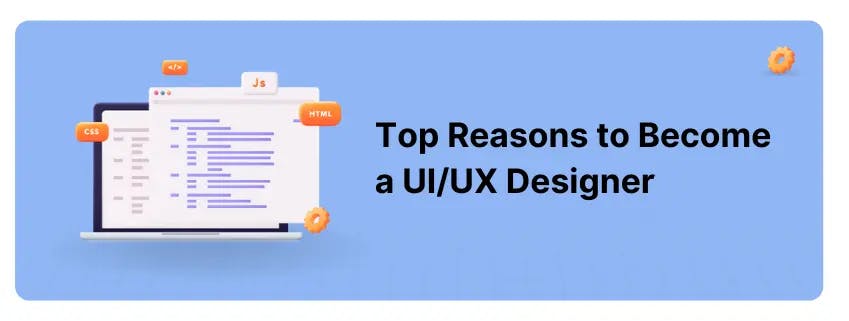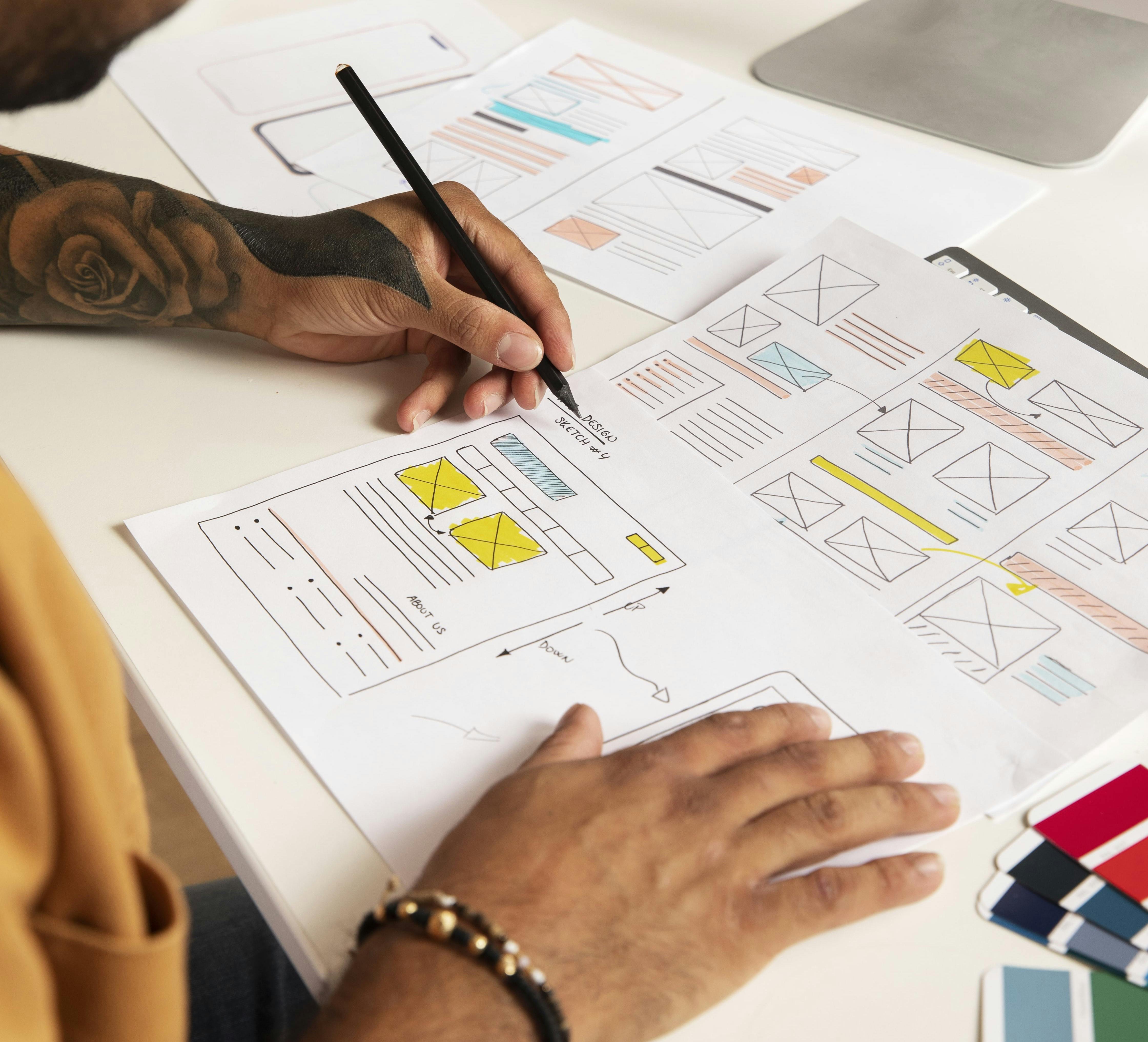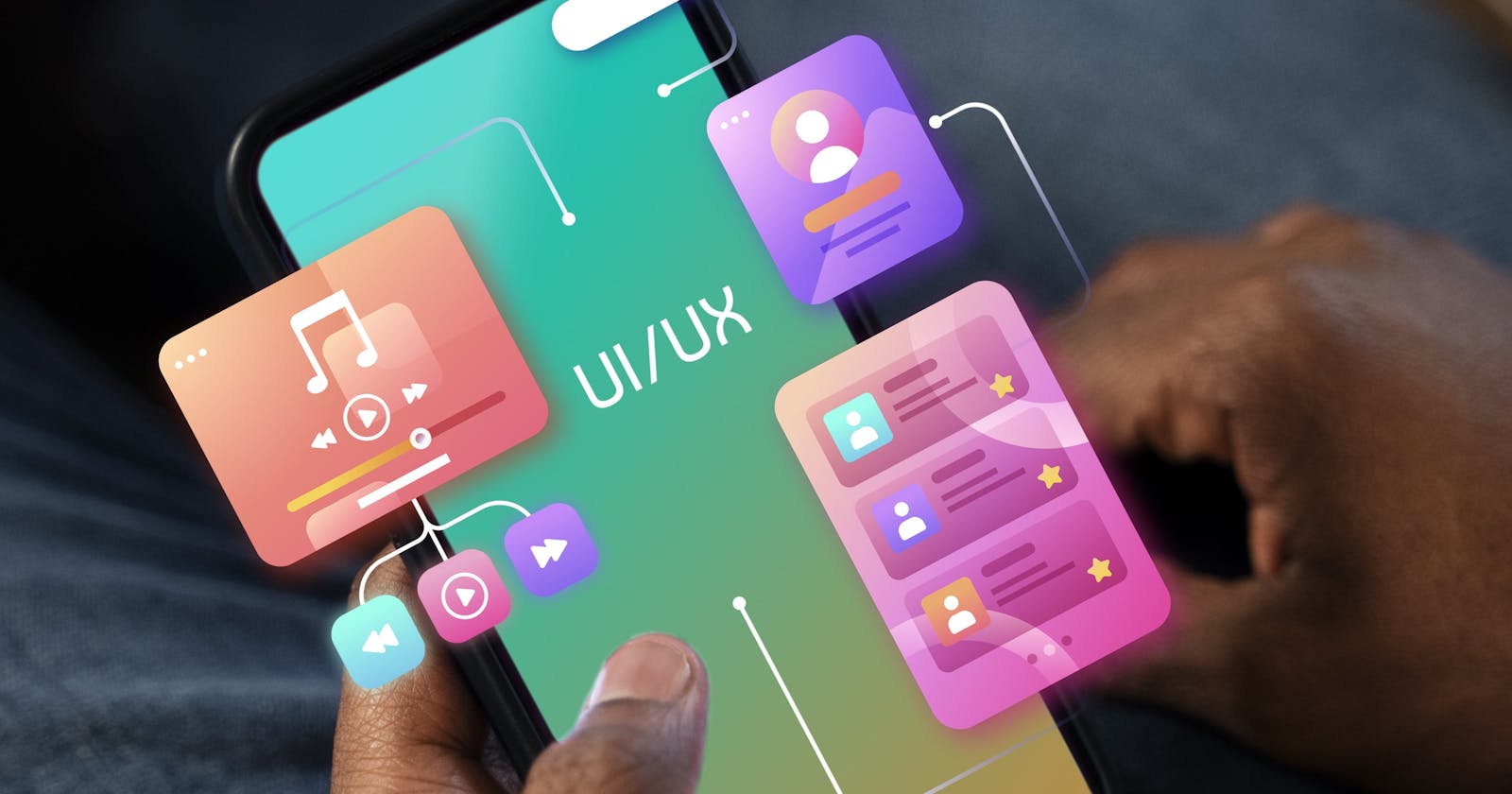In today's digital age, user experience (UX) design has emerged as a pivotal discipline, shaping the way we interact with technology and influencing the success of businesses worldwide. Behind every seamless website, intuitive mobile app, and user-friendly product lies the expertise of UX designers who meticulously craft experiences that delight and engage.
What is UX Design?

At its core, UX design focuses on understanding the needs, behaviors, and emotions of users to create meaningful and enjoyable experiences. It encompasses a holistic approach that encompasses research, strategy, design, and testing, with the ultimate goal of enhancing usability, accessibility, and satisfaction.
Why Pursue a Career in UX Design?

Pursuing a career in UX design offers a myriad of opportunities for individuals passionate about creating meaningful experiences in the digital world. Here are some compelling reasons why you might consider embarking on a career in UX design:
Impactful Work: UX designers have the power to shape how people interact with technology on a daily basis. By crafting intuitive interfaces and seamless user experiences, you can enhance the lives of users and improve their overall satisfaction with digital products and services.
Creativity and Innovation: UX design allows for creative expression and problem-solving. Designing user-centric solutions requires thinking outside the box, experimenting with new ideas, and pushing the boundaries of innovation to create experiences that stand out in a crowded marketplace.
Diverse Opportunities: The field of UX design is diverse and dynamic, with opportunities across various industries and sectors. Whether you're interested in designing mobile apps, websites, software interfaces, or even physical products, there are countless avenues to explore within UX design.
Continuous Learning: UX design is a field that is constantly evolving, driven by emerging technologies, changing user behaviors, and evolving design trends. As a UX designer, you'll have the opportunity to engage in lifelong learning, staying abreast of the latest developments and honing your skills to stay competitive in the industry.
Problem-Solving: UX design is inherently rooted in solving complex problems and addressing user needs. By conducting research, gathering insights, and iterating on designs, UX designers play a crucial role in finding solutions to real-world challenges and improving the usability of digital products.
Collaboration: UX design is inherently collaborative, requiring close collaboration with stakeholders, developers, marketers, and other professionals. Working in cross-functional teams allows you to leverage diverse perspectives and expertise, leading to more innovative and impactful design solutions.
Career Growth: The demand for UX designers continues to grow as businesses recognize the importance of delivering exceptional user experiences. With a solid foundation in UX design, you'll have ample opportunities for career advancement and growth, whether you choose to specialize in a particular area or pursue leadership roles within organizations.
Ultimately, pursuing a career in UX design offers the chance to blend creativity, technology, and empathy to create experiences that resonate with users and drive business success. If you're passionate about designing products and services that make a difference in people's lives, UX design may be the perfect career path for you.
Skills and Qualities of a Successful UX Designer
To excel in UX design, one must possess a diverse skill set and a curious, empathetic mindset. Key skills and qualities include:

User Research: Conducting thorough user research to understand user needs, preferences, and pain points.

Wireframing and Prototyping: Creating visual representations of design concepts to test and iterate on ideas.

Interaction Design: Designing intuitive user interactions and navigation flows. Visual Design: Applying principles of design to create aesthetically pleasing interfaces. Usability Testing: Evaluating designs through user testing to gather feedback and identify areas for improvement.

Communication: Articulating design decisions and collaborating effectively with cross-functional teams. Adaptability: Being open to feedback and willing to iterate on designs based on user insights. Career Opportunities in UX Design.
The demand for UX designers continues to grow across industries, spanning technology, finance, healthcare, e-commerce, and beyond. Whether you're drawn to in-house roles at tech giants, agency work with diverse clients, or freelancing opportunities that offer flexibility and autonomy, the possibilities are endless. Furthermore, as technology evolves and user expectations evolve, UX design presents a dynamic and ever-evolving field ripe with opportunities for innovation and growth.
Conclusion
A career in UX design offers the chance to blend creativity with problem-solving, technology with empathy, and innovation with impact. As we navigate an increasingly digital world, the role of UX designers becomes more critical than ever in shaping experiences that resonate with users and drive business success. Whether you're a seasoned professional or an aspiring designer, the journey into UX design promises endless opportunities for learning, growth, and fulfillment.
